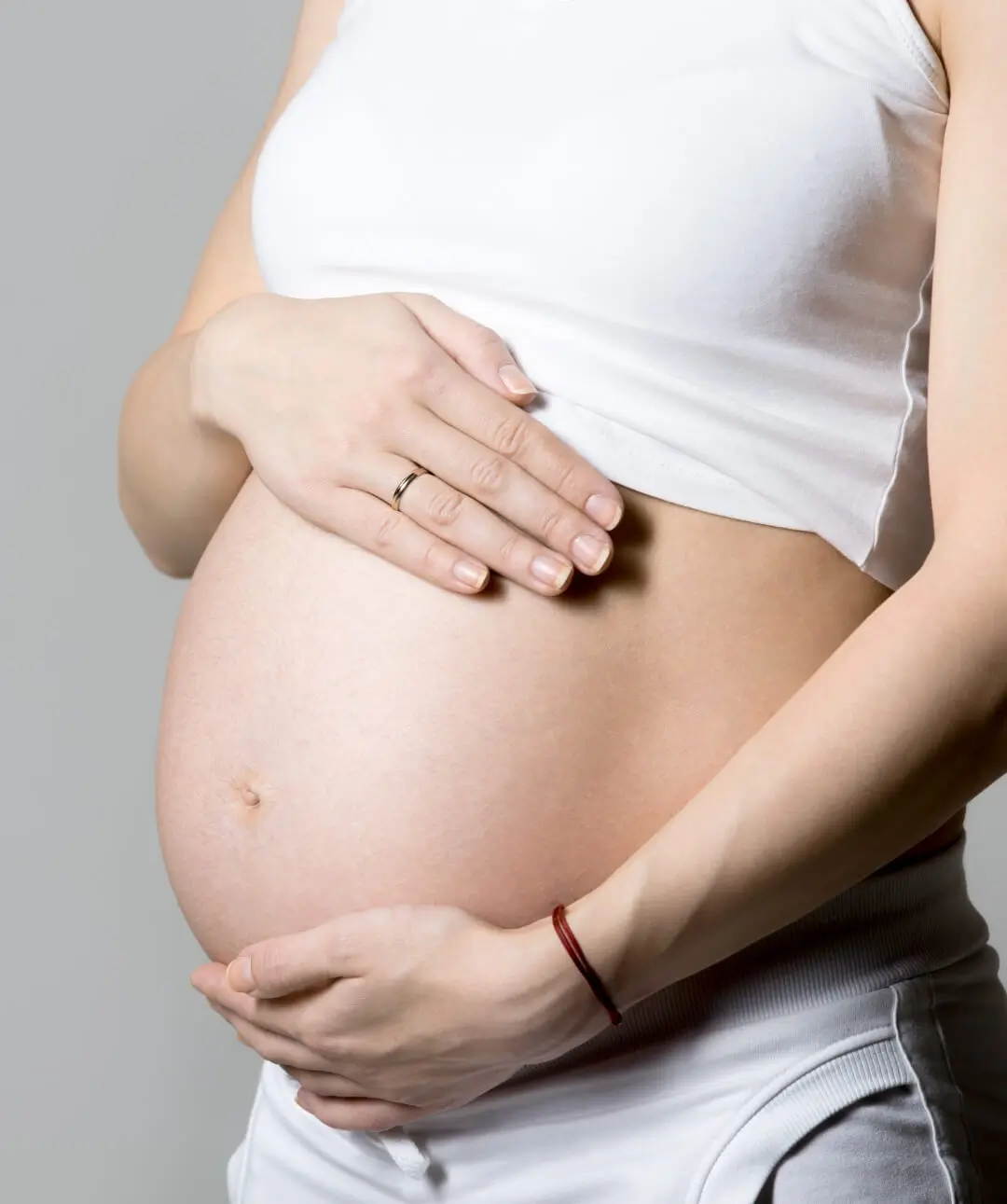A Comprehensive Guide to High-Risk Pregnancies
Pregnancy is an exciting and transformative time in a woman’s life, but it can also be complex, especially when classified as “high-risk.” This label can raise concerns, but with the right care, many women with high-risk pregnancies can have healthy outcomes for both themselves and their babies. Dr Kelly Hankins is dedicated to providing each woman compassionate support during this difficult time.
What is a High-Risk Pregnancy?
A high-risk pregnancy is one where the mother, baby, or both face an increased risk of health complications during pregnancy, birth, or postpartum. These pregnancies require closer monitoring, additional tests, and specialised care to mitigate risks and ensure the best possible outcome. Factors that contribute to a high-risk pregnancy can range from pre-existing health conditions to pregnancy-related complications that arise later on. With appropriate care, most complications can be managed successfully.
What Factors Make a Pregnancy High-Risk?
Several factors may elevate a pregnancy to high-risk status, such as:
Pre-existing Health Conditions
- Diabetes: Pregnant women with pre-existing diabetes face potential risks to both mother and baby, such as high birth weight, preterm delivery, and preeclampsia.
- High Blood Pressure: Chronic hypertension can affect the placenta, restricting blood flow to the baby, which can lead to foetal growth issues or preeclampsia.
- Obesity: Obesity increases the chances of gestational diabetes, preeclampsia, and the need for a caesarean section (C-section).
- Mental Health Disorders: Conditions like depression, anxiety, and bipolar disorder may worsen during pregnancy and complicate delivery.
- Gynaecological Conditions: Polycystic ovary syndrome (PCOS) and fibroids can lead to fertility issues, higher rates of miscarriage, or complications during delivery.
Pregnancy-Related Conditions
- Gestational Hypertension: High blood pressure that develops during pregnancy can lead to complications such as preeclampsia and preterm delivery.
- Gestational Diabetes: This condition typically develops in the second half of pregnancy and, if untreated, can result in large birth weights, increasing the likelihood of a C-section.
- Placenta Previa or Placental Abruption: In placenta previa, the placenta covers the cervix, increasing the risk of bleeding during labour. Placental abruption occurs when the placenta detaches from the uterine wall prematurely, posing a serious risk to both mother and baby.
- Incompetent Cervix: When the cervix weakens and dilates too early, it increases the risk of preterm labour.
- Amniotic Fluid Imbalances: Too much or too little amniotic fluid can indicate underlying issues like foetal growth restriction or placental problems.
- Multiple Gestation: Carrying twins, triplets, or more raises the risk of preterm birth, preeclampsia, or other complications.
- Age: Women younger than 17 or older than 36 face increased risks due to age-related factors affecting both maternal and foetal health.
Complications of a High-Risk Pregnancy
Preeclampsia
Preeclampsia is characterised by high blood pressure and damage to organs, most commonly the liver and kidneys. It typically occurs after 20 weeks of pregnancy and can escalate rapidly, leading to severe health issues for both the mother and baby if left untreated. Preeclampsia can restrict blood flow to the placenta, limiting the oxygen and nutrients reaching the foetus, which can result in foetal growth restriction or preterm delivery. Symptoms may include severe headaches, blurred vision, sudden swelling, and upper abdominal pain.
Preterm Delivery
Preterm delivery is defined as giving birth before 37 weeks of gestation. Babies born prematurely may face a range of developmental challenges as their organs, particularly the lungs and brain, may not be fully developed. This can lead to difficulties with breathing, feeding, and regulating body temperature. Preterm babies often require specialised care in a neonatal intensive care unit (NICU) to support their growth and development. The earlier the baby is born, the greater the risks of complications such as respiratory distress syndrome, infections, and long-term developmental issues.
Birth Defects
Certain high-risk pregnancies carry an increased likelihood of congenital abnormalities, which are structural or functional defects that develop in the foetus during pregnancy. Some birth defects, such as heart defects or neural tube defects, may require surgery or other interventions soon after birth.
Excessive Bleeding (Haemorrhage)
Excessive bleeding, or haemorrhage, is a dangerous complication that can occur during or after delivery, particularly in women with conditions like placenta previa or placental abruption. In either situation, the mother may experience heavy bleeding that could endanger her life and the baby’s health. If severe bleeding occurs, an emergency C-section may be required, and blood transfusions might be necessary to stabilise the mother.
Breech Presentation
Breech presentation refers to a situation where the baby is positioned feet-first or bottom-first in the uterus, rather than the typical head-down position needed for a safe vaginal delivery. Breech presentation increases the risk of complications during labour and delivery, including umbilical cord prolapse, where the cord slips into the birth canal ahead of the baby, potentially cutting off oxygen. In cases where the baby remains in the breech position close to the due date, a C-section is often recommended.
Birthing Options for High-Risk Pregnancies
For high-risk pregnancies, the safest birthing option may differ from typical low-risk deliveries. Several methods are considered depending on the individual risk:
- Planned or Emergency C-section: A C-section may be scheduled in advance for conditions like placenta previa, multiple gestation, or breech presentation. In emergencies, it becomes necessary if complications arise during labour.
- Induction of Labour: If the risks of continuing the pregnancy outweigh the benefits, labour may be induced, especially for conditions like gestational hypertension or preeclampsia.
Although the term “high-risk pregnancy” can feel daunting, it doesn’t mean that a healthy pregnancy and delivery aren’t possible. With the right medical care, most complications can be managed, ensuring the well-being of both mother and baby.
Dr Kelly Hankins is highly experienced in managing high-risk pregnancies and is committed to offering the highest standard of care, guiding you through every step of this journey. If you have any concerns or need specialised care, don’t hesitate to reach out for comprehensive support.
